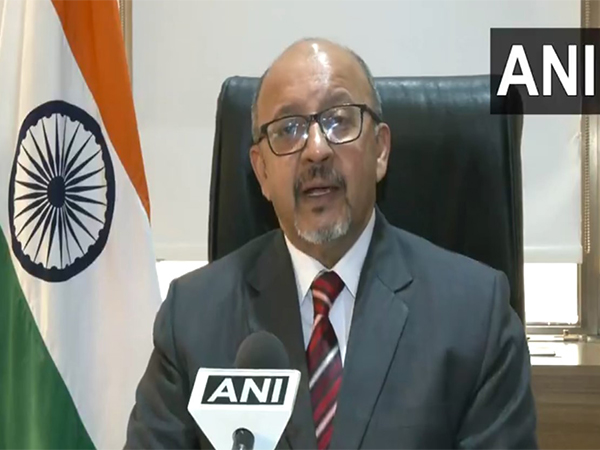New Delhi [India], July 27 (ANI): The Centre’s decision to maintain its Capital Expenditure growth is poised to account for 23 per cent of total government spending and 3.4 per cent of the GDP, signaling a robust drive towards infrastructure development and economic expansion, according to the Jefferies Greed and Fear report.
The Union Budget for the fiscal year 2024-25, presented in Parliament this week reflects a clear commitment to maintaining economic stability and fostering growth through substantial capital expenditure (capex) investments.
One of the standout aspects of the budget is the projected central government fiscal deficit, set at 4.9 per cent of GDP for this fiscal year.
This figure is notably lower than the market expectations of 5.3 per cent prior to the February budget announcement.
Jefferies’ head of India research, Mahesh Nandurkar, expressed confidence in the government’s trajectory, suggesting that the fiscal deficit could potentially drop below 4.5 per cent in the next fiscal year.
This positive outlook is expected to benefit both the bond market and the Indian currency, bolstering investor confidence and economic stability.
In the stock market, the budget’s most significant development was the increase in capital gains tax rates.
The short-term capital gains tax has been raised from 15 per cent to 20 per cent, while the long-term capital gains tax rate increased from 10 per cent to 12.5 per cent. Long-term investments are now defined as those held for more than a year.
Despite concerns about how these higher tax rates might impact the thriving asset management industry, the market’s reaction has been relatively muted.
Listed asset management companies, such as HDFC Asset Management, experienced minor fluctuations, with a brief 2.4 per cent decline on Tuesday followed by a 2.6 per cent rebound.
The Jefferies report also highlighted political stability as a key factor supporting market confidence.
During meetings in Delhi, a consensus emerged that Prime Minister Narendra Modi is likely to maintain his coalition government intact for the full five-year term.
This political stability is seen as a positive indicator for sustained economic policies and market conditions, further reinforcing investor sentiment.
The report also delved into the gold reserves of the original five BRICS members–Brazil, Russia, India, China, and South Africa. Since the start of 2022, these countries have collectively increased their official gold reserves by 428 tonnes, or 8 per cent, reaching a total of 5,687 tonnes by the end of June 2024.
China and India have been notable contributors, with China’s reserves rising by 316 tonnes (16 per cent) to 2,264 tonnes and India’s reserves increasing by 77 tonnes (10 per cent) to 831 tonnes.
However, despite these increases, the BRICS nations’ gold reserves remain significantly below the official holdings of the United States (8,133 tonnes) and the Eurozone (10,771 tonnes). (ANI)
Disclaimer: This story is auto-generated from a syndicated feed of ANI; only the image & headline may have been reworked by News Services Division of World News Network Inc Ltd and Palghar News and Pune News and World News
HINDI, MARATHI, GUJARATI, TAMIL, TELUGU, BENGALI, KANNADA, ORIYA, PUNJABI, URDU, MALAYALAM
For more details and packages
















